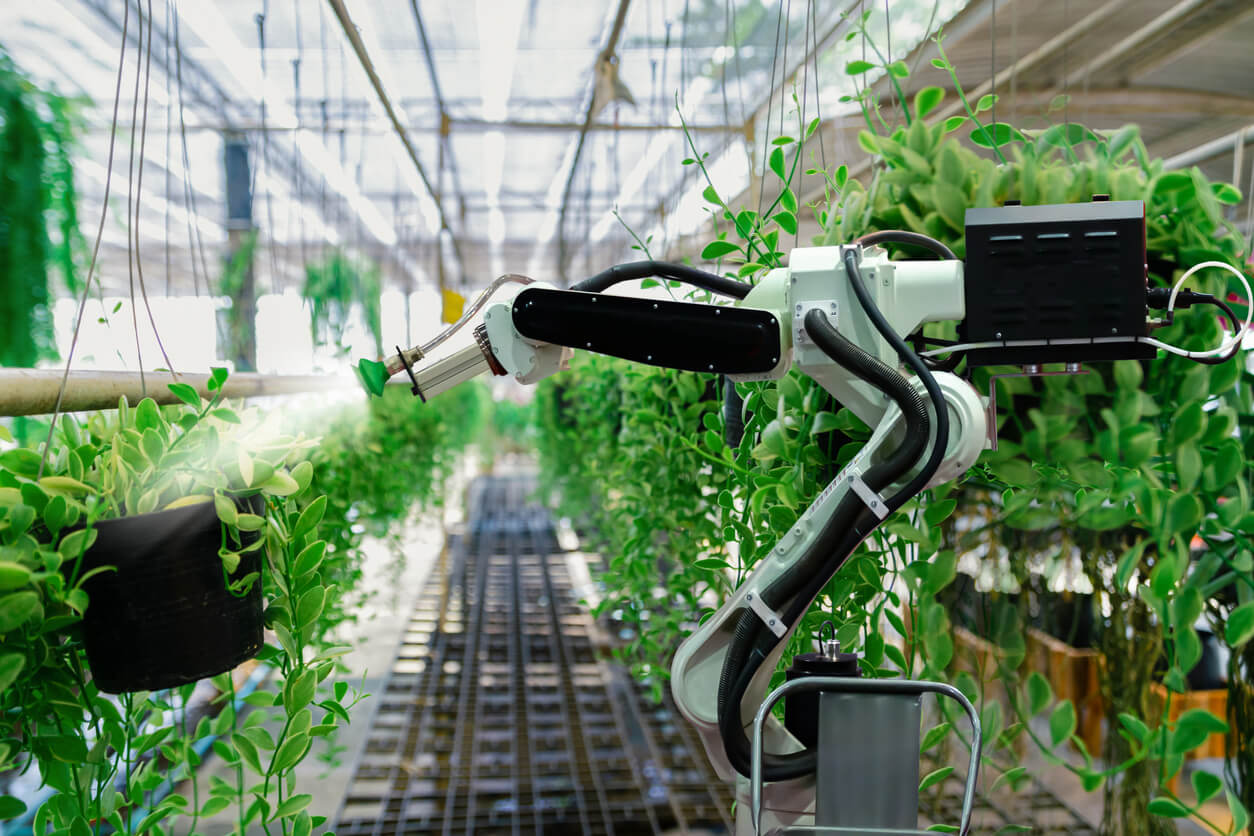Thanks to technical advancements, the agricultural sector is rapidly expanding and satisfying the growing demand for sustainable and efficient food production. In 2024, a number of innovative advancements in smart agriculture are expected to completely change the sector, with a focus on technology that has the potential to boost environmental sustainability, increase production, and completely change traditional agricultural practices.
Join us as we explore farming’s future, from the accuracy of drone technology to the effectiveness of AI-driven solutions. Discover some of the top trends in smart agriculture.
1. Precision Agriculture
Precision agriculture is an approach to farming that uses measurement and observation to identify and address variability in livestock and crops, hence improving sustainability. It is used in both areas with the goal of maximising output through focused management techniques. Using multiple technologies, including GPS, sensors, and data analytics, precision agriculture monitors and improves soil and crop health.
Making intelligent decisions about when, where, and how much to plant, water, and fertilise helps farmers optimise yields and minimise waste. Applying the precise treatment required, increasing productivity, and safeguarding the environment are the three main tenets of precision agriculture.
Recommended products
SenseCAP Sensors, Seeed Studio
The SenseCAP sensors from Seeed Studio, housed in an IP66 enclosure can be used in outdoor remote sensing situations like smart farming, smart cities, and other Internet of Things (IoT) applications that require low-power, long-distance, long-term data collecting.
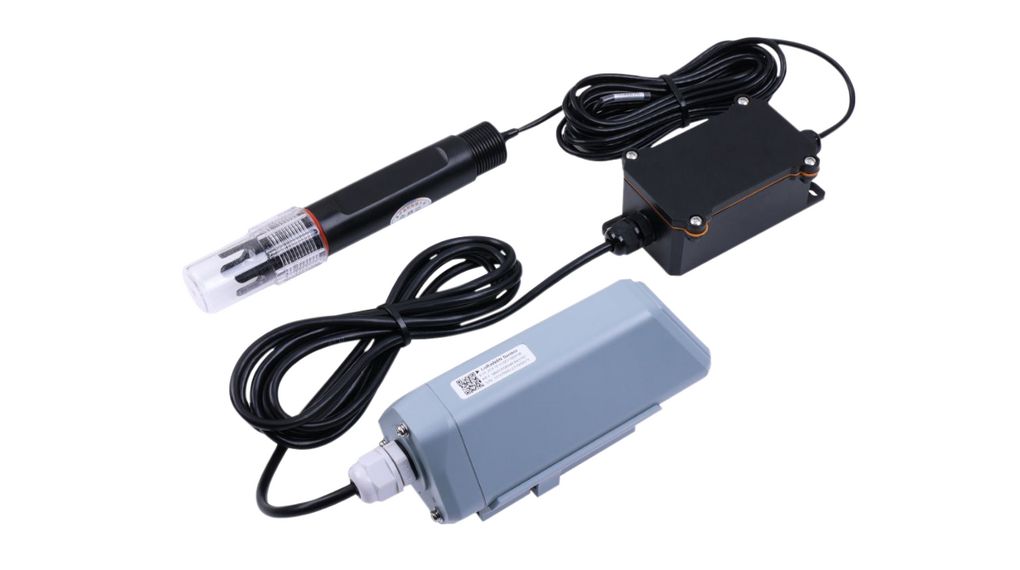
I/O Modules, Brainboxes
Offering stable and durable connectivity choices, Brainboxes, an IoT expert, facilitates seamless data flow across agricultural IoT equipment. By obtaining precise and fast information, farmers can manage their farms more profitably thanks to the constant data flow that their solutions guarantee.
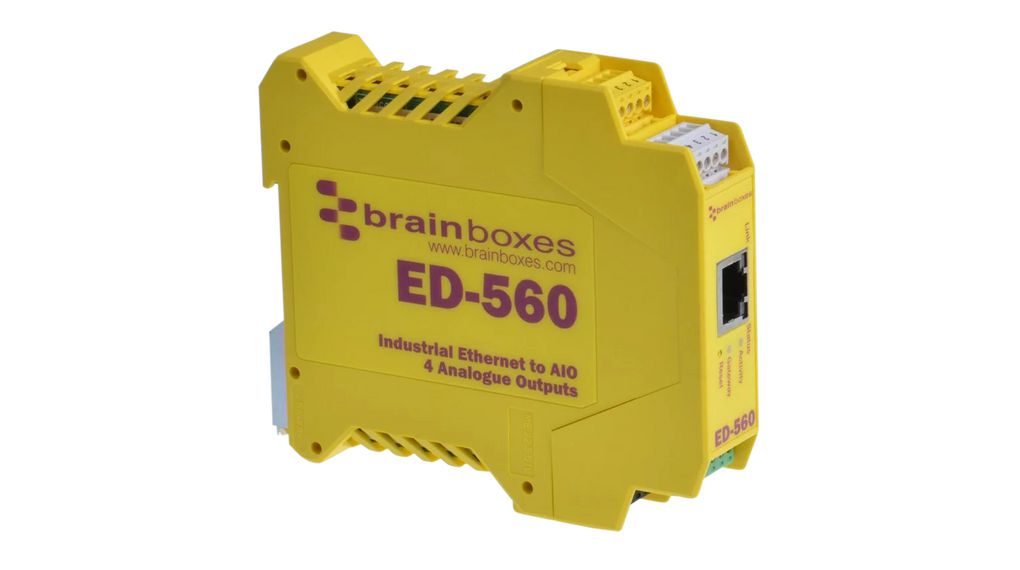
2. Indoor Vertical Farming
Indoor vertical farming is a process of growing crops indoors in controlled environments. Vertical farming, which maximises space utilisation, uses less water, and permits crop production in urban areas and regions with harsh weather, improves year-round, sustainable agriculture. To optimise development, this method generally makes use of artificial, white lighting in addition to soil-less farming techniques such as hydroponics, aeroponics, or aquaponics.
Thus, LEDs (Light Emitting Diodes) are essential to indoor vertical farming because they provide energy-efficient lighting that is adapted to the unique requirements of plants. In the absence of natural sunlight, these lights can be adjusted for spectrum, intensity, and duration to promote the best possible growth and photosynthesis in plants. LEDs are an essential part of optimising productivity and efficiency since they help maintain the sustainability and management of vertical farming ecosystems.
Recommended products
SMD LEDs, Würth Elektronik
Würth Elektronik’s selection of SMD LEDs is among the most diverse available on the market. These red and blue high-power LEDs are products especially designed for horticultural purposes, with special wavelengths to help with the growth of plants.
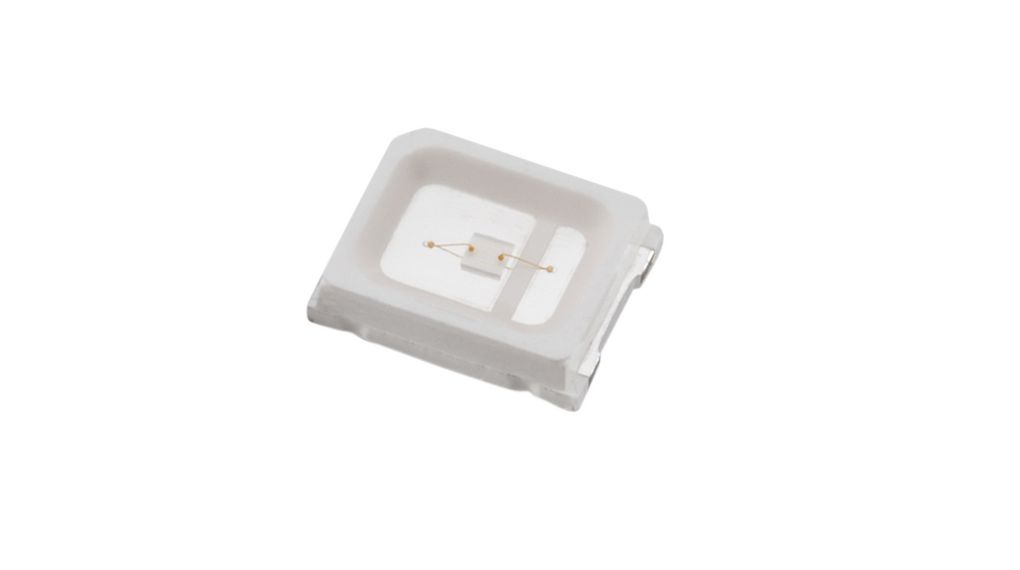
OSLON SQUARE SMD LEDs, OSRAM
This product features an exclusive, cutting-edge radiation pattern that is intended to reduce the number of luminaires needed and total costs while equally illuminating plants for uniform growth. Additionally, this high-power LED has a small footprint, a long lifespan, and low thermal resistance.
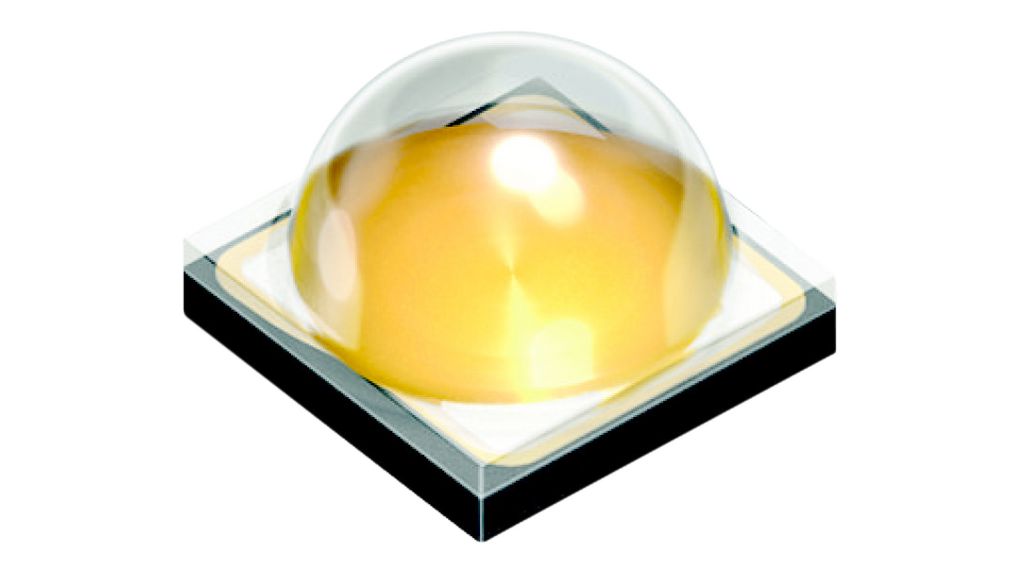
3. Farm Automation
Using machines and technology to automate agricultural tasks including planting, watering, harvesting, and crop health monitoring is known as farm automation. In farming operations, this trend enhances accuracy and control, lowers labour requirements, and boosts efficiency. Therefore, agricultural robots are increasingly being deployed in agriculture, allowing farmers to improve efficiency, reduce costs, and improve crop quality.
Autonomous tractors, robotic harvesters, precision irrigation systems, drones for scanning and spraying, and smart sensors for crop and soil monitoring are some examples of automation technologies in agriculture. Tasks are streamlined, accuracy is improved, and sustainable practices are supported by these technologies. Have a look below at our recommended products.
Recommended products
Photoelectric and Capacitive Sensors, Carlo Gavazzi
Carlo Gavazzi specialised in developing control systems and monitoring tools for the agriculture sector. Its feeding system sensors include photoelectric sensors that ensure longevity and optimal performance in these harsh conditions, as well as capacitive sensors that monitor seed and grain levels and the refilling process.
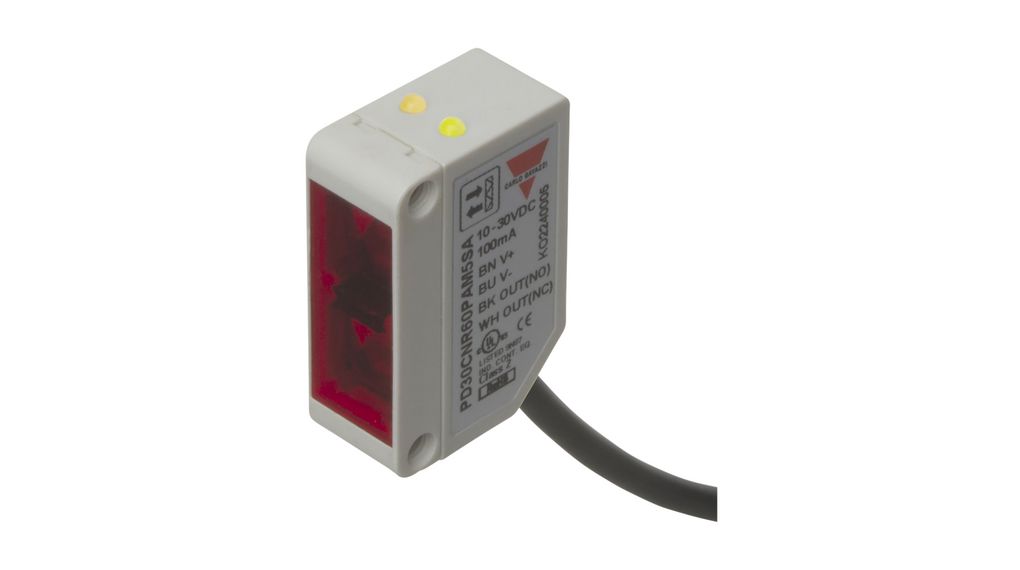
Angular Position Sensors, Novotechnik
Novotechnik, a leader in sensor technology, has enhanced precision farming with its high-precision sensors that measure many factors, such as location, angle, and distance. Pedals, steering, machine and plant construction, and tool making are a few applications for the RFD 4000 touchless sensors.
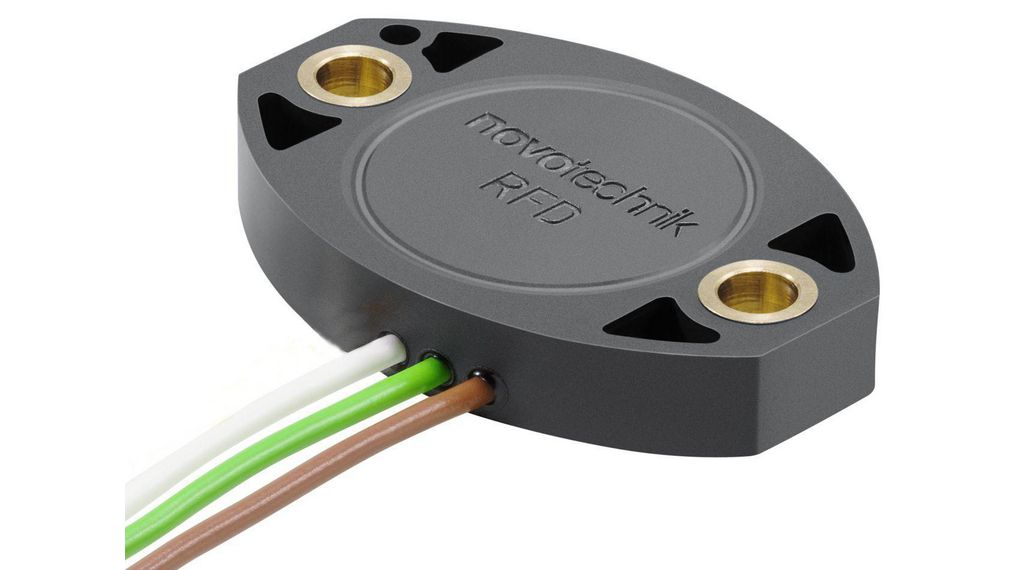
4. Advanced Water Management
In order to effectively use water resources, advanced water management in agriculture makes use of technological tools including sensors, drip irrigation systems, and climate predictions. This method conserves water, maximises plant development, and reduces waste.
5. Bee Vectoring Technologies (BVT)
Bee vectoring technology, pioneered by a company called Bee Vectoring Technologies, refers to the use of bees to carry beneficial microorganisms, or targeted crop controls, to plants during pollination. By using a natural and accurate delivery system in place of dangerous chemical pesticides, this technique improves crop protection and sustainability.
Have a look at the below video to learn more about BVT.
6. AI and Big Data Analytics
In order to generate predictive insights, AI and big data analytics are used in agriculture to analyse large, complicated data sets pertaining to crop health, soil conditions, weather patterns, and other topics. Precision agriculture is made possible by these technologies, which also automate processes and maximise resources for improved crop management and yield prediction. They enable farmers to comprehend shifting situations and respond to them quickly, resulting in more effective and sustainable farming methods.
Distrelec supports its customers in the agricultural sector with a wide range of high-quality spare parts and accessories for agricultural machinery. Click on the button below and head to the website to check out the latest offers.





